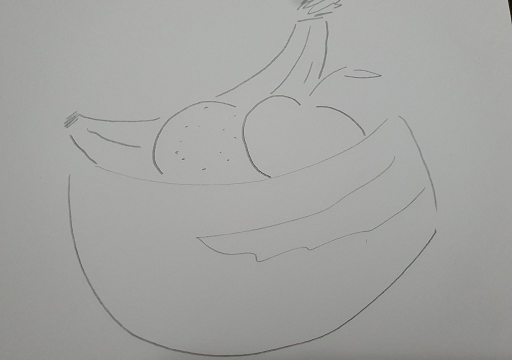One thing that fascinates me about movies is that you can’t really do ‘cover versions’ of movies. A musician, regardless of their chosen genre can take a set of standards – blues standards, jazz standards, pop standards, the Great American Songbook, all of them at once, whatever – and do their own version of them. They find their voice (whether literally or in terms of composing songs), they find their strengths and weaknesses, and then they do their own thing. Painting has many different traditions to choose from; it tickles me pink that worldwide, it’s considered normal and good for every beginner painter to do a bowl of fruit, and of course much Renaissance art is different versions of Bible stories. Movies, on the other hand, don’t have that specific, clear sense of tradition – despite the popularity of viewing them through an auteur lens, I don’t think there’s really a list of movies or stories or subjects or genres or whatever that you’re supposed to make as a filmmaker and which is supposed to reflect, all at once, your personal vision as an artist, your broader education as an artist, and your specific contribution to the artform as a whole.
But there are some cinematic traditions that kind of fit this role. The Red Harvest/Yojimbo/Fistful Of Dollars plot might be the biggest; the basic idea of two warring factions in a small space has the benefits of a) a tight definition, b) a wide scope for aesthetic complexity and c) a clear precedent that everyone is aware of and can draw on, with Fistful Of Dollars so radically changing the aesthetic of the former story and so powerfully capturing the attention of audiences. There’s also the Haunted House and Heist movie genres, both with formulas so clear that they inevitably reveal the strengths and weaknesses of the filmmaker attempting them; Steven Soderbergh delivers a musical experience that gives us all the pleasures of the genre with maximum thoughtfulness and care (followed by a more experimental and playful take on the genre and a third film I haven’t seen), while most filmmakers give us an experience that’s no more profound or interesting than, well, than a painting of a bowl of fruit.
If you were to write the Great Cinematic Songbook, what would you put in it?


